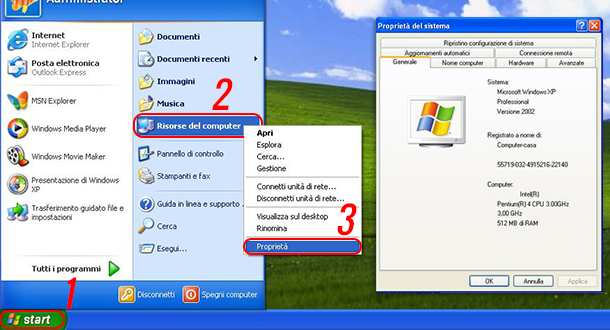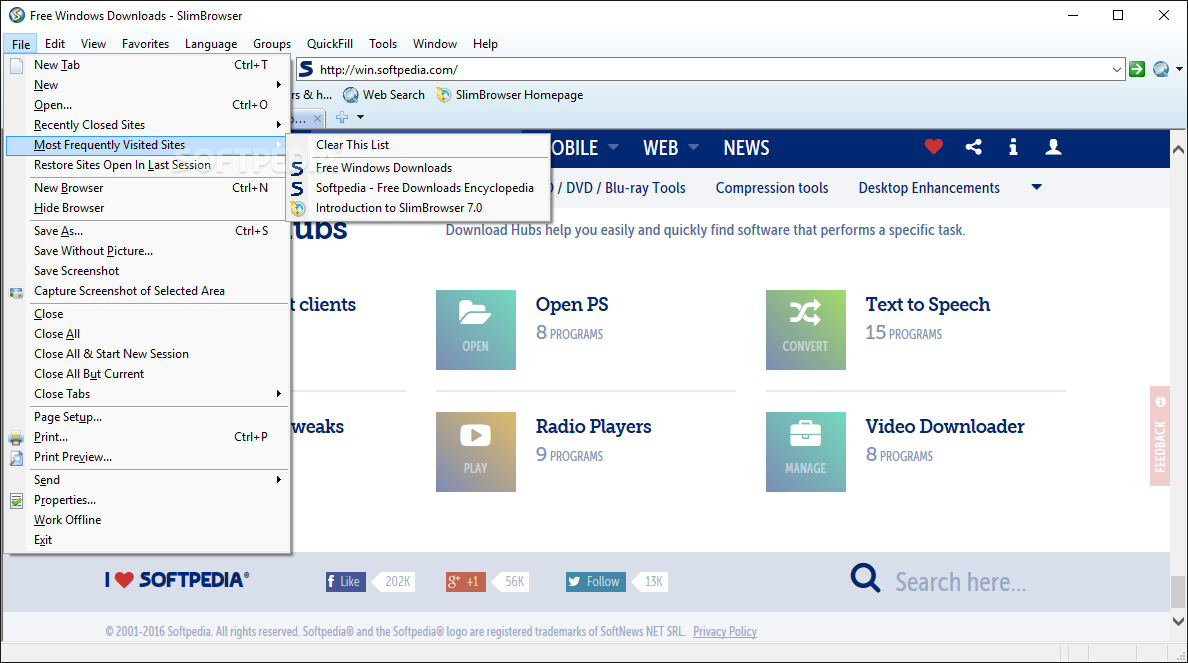
They also announced that they would increase the support greatly by the time the first Internet Explorer 9 Beta was released. This was proven to be true at MIX 10, where they demonstrated support for basic SVG markup and improved support for HTML5. Later, Microsoft announced that they had joined the W3C's SVG Working Group, which sparked speculation that Internet Explorer 9 will support the SVG W3C recommendation. Microsoft first announced Internet Explorer 9 at PDC 2009 and spoke mainly about how it takes advantage of hardware acceleration in DirectX to improve the performance of web applications and improve the quality of web typography. The Internet Explorer team focused on improving support and performance for HTML5, CSS3, SVG, XHTML, JavaScript, hardware acceleration, and the user interface featuring agility and "a clean new design". Microsoft began taking features suggestions through Microsoft Connect soon after Internet Explorer 8 was released. Internet Explorer 9 displaying Acid3, having achieved all 100 possible pointsĭevelopment of Internet Explorer 9 began shortly after Internet Explorer 8 was released. Internet Explorer 9 also supports the HTML5 video and audio tags and the Web Open Font Format. It also features hardware-accelerated graphics rendering using Direct2D, hardware-accelerated text rendering using DirectWrite, hardware-accelerated video rendering using Media Foundation, imaging support provided by Windows Imaging Component, and high fidelity printing powered by the XML Paper Specification (XPS) print pipeline. It was the last of the major web browsers to implement support for Scalable Vector Graphics (SVG). Internet Explorer 9 supports ECMAScript 5 (ES5), several CSS 3 properties and embedded ICC v2 or v4 color profiles support via Windows Color System, and has improved JavaScript performance. The software was rebranded simply as Internet Explorer starting in 2012 with the release of Internet Explorer 10.


Internet Explorer 9 is the last version that is called Windows Internet Explorer. It is the first version of Internet Explorer not to be bundled with a Windows operating system, although some OEMs have installed it with Windows 7 on their PCs.
Microsoft released Internet Explorer 9 as a major out-of-band version that was not tied to the release schedule of any particular version of Windows, unlike previous versions. It was released by Microsoft on March 14, 2011, as the ninth version of Internet Explorer and the successor to Internet Explorer 8.

Internet Explorer 9 or IE9 (officially Windows Internet Explorer 9) is the ninth, and by now, discontinued, version of the Internet Explorer web browser for Windows. en-us /download /internet-explorer-9-details.


 0 kommentar(er)
0 kommentar(er)
